Snow Photography: A Comprehensive DSLR Tutorial for Capturing Breathtaking Winter Landscapes
Shooting landscapes in the snow can be a breathtaking experience, but it also presents some unique challenges. After some trial and error, I have been able to prepare some tips and tricks that wiill help to guide you through the process of capturing beautiful snow-covered landscapes.
Gear Preparation
Ensure you have a DSLR camera with manual settings and interchangeable lenses.
Use a sturdy tripod to keep your camera stable in snowy conditions.
Carry extra batteries, as cold temperatures can drain batteries faster.
Prepare any extra cold weather gear you may want, depending on how long you plan on spending out. For example, I usually carry “hothands” air activated hand warmers in my camera bag.
Dress for the Conditions
Wear warm and waterproof clothing to protect yourself from the cold and wet snow. I’m a big fan of layering up as you may spend a lot of time hiking to certain compositions getting warm, but then cooling down as you set up and wait for the right light or for objects to move to your desired composition position (eg/ Milky Way). I’m also a big fan of heated apparel, as I not only have the ability to stay warm, but I can use the batteries to charge my gear if needed.
Use gloves that allow for dexterity, so you can easily adjust camera settings and operate the controls. Snow gloves with an inner glove work well.
Most of my layers came off for the hike up to this hut. But then I had to wait for a good half an hour for the Milky Way to get in to the right position. Good layering and snow gear helped to keep me warm!
Understanding Exposure
Snow can trick your camera's light meter, resulting in underexposed images. Compensate by using exposure compensation (+1 or +2 stops) to preserve the whiteness of the snow.
Experiment with manual mode and adjust settings based on the scene's brightness. Start with an aperture between f/8 and f/16 for sharpness and use a faster shutter speed to avoid overexposure.
Exposure compensation helped to retain the “whiteness” of the snow in this image
White Balance
Snow can appear blue or gray in your images if you don't set the correct white balance. Use the "Daylight" or "Shade" preset to warm up the scene or adjust manually to achieve the desired effect.
Composition Tips
Look for leading lines, such as trails or fences, to create depth and guide the viewer's eye through the image.
Incorporate interesting elements, such as trees, mountains, or structures, to add focal points and scale to your composition.
Experiment with different perspectives, angles, and distances to capture unique and captivating shots.
Focusing Techniques
Auto focus can sometimes struggle in snowy conditions due to the lack of contrast. Switch to manual focus and use live view to ensure precise focus on your desired subject.
If your camera has focus peaking, enable it to help identify areas of sharp focus.
Filters and Accessories
Consider using a polarizing filter to reduce glare and enhance colors, especially in sunny or partially cloudy conditions.
Graduated neutral density filters can help balance exposure when dealing with a bright sky and darker foreground.
Bracketing for Exposure Blending
Shooting in the snow often results in a wide dynamic range. To preserve details in both highlights and shadows, bracket your exposures by taking multiple shots at different exposure settings.
Blend these exposures later during post-processing to achieve a well-balanced final image.
Shooting landscapes in the snow with a DSLR can be a rewarding experience. By following these steps and experimenting with different techniques, you'll be able to capture stunning winter scenes. Remember to stay warm, be patient, and have fun while exploring the beauty of snowy landscapes. Happy shooting!
Snow photography can be challenging, but a lot of fun!



